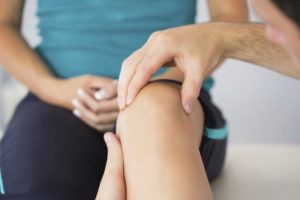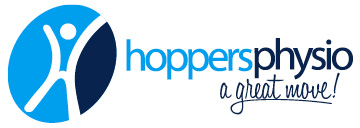Patellofemoral pain
 Patellofemoral pain is one of the most common knee complaints of both the young active sportsperson and the elderly. Below is some great to help you better understand what you pain is all about.
Patellofemoral pain is one of the most common knee complaints of both the young active sportsperson and the elderly. Below is some great to help you better understand what you pain is all about.
Relevant Anatomy
The patello-femoral joint is comprised of two bones; the patella (kneecap) and the femur (thigh bone). When the knee is bent, the patella sits in position at the distal femur within the trochlea groove (or femoral trochlea). As the knee is straightened, the trochlea groove acts as a pathway for the patella to ensure the best movement pattern is achieved. The most common reason for patellofemoral pain is when this system is disrupted.
Signs and Symptoms
Patellofemoral pain is usually characterised by pain in the front of the knee and can often have associated clicking or locking during bending and straightening motions of the leg e.g. walking/running, squatting, kneeling, and occasionally even twisting. You can also feel discomfort or an increase in pain with prolonged sitting, which is often referred to as “movie goer’s knee”. This syndrome can occur without a prior incident or after an injury to the leg or hip.
Physiotherapy
The main focus of physiotherapy is to improve the biomechanics of the knee joint to ensure that the patella is tracking properly within the trochlea groove. This will usually involve strengthening of the quadriceps and gluteal muscles, with attention also on the hamstrings, inner thigh, and calf muscles. Other interventions that may be helpful include icing, taping, or bracing. If you feel you may be experiencing any patellofemoral pain come see one of our physiotherapists for some advice and education on how to manage this syndrome and improve function.
Your physiotherapist at Hoppers Physio in Hoppers Crossing will discuss your goals, time frames and training schedules with you to optimise you for a complete and safe return to sport and activities. The perfect outcome will have you performing at full speed, power, agility and function with the added knowledge that a thorough rehabilitation program has minimised your chance of future injury.
